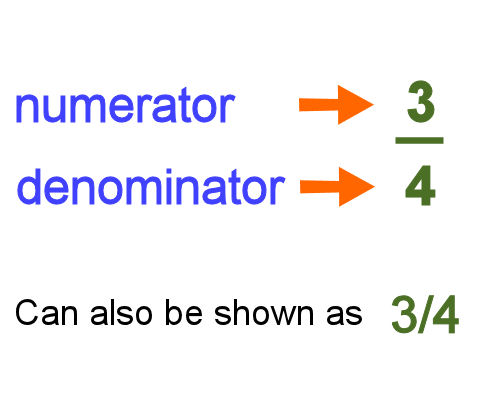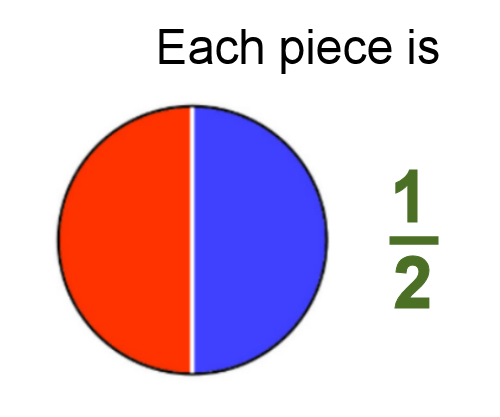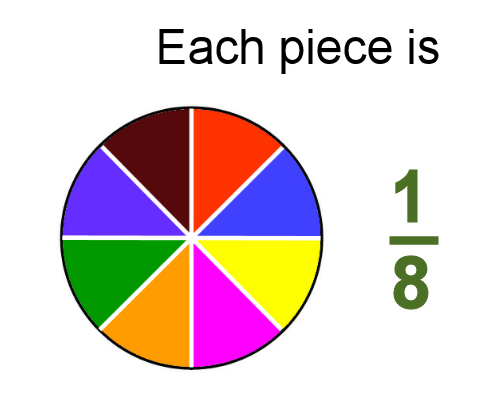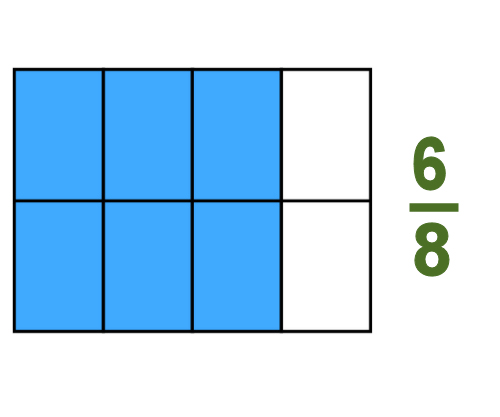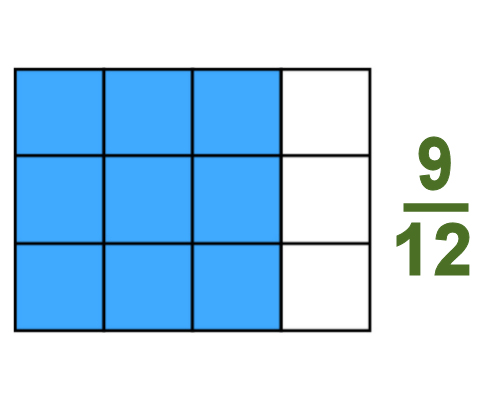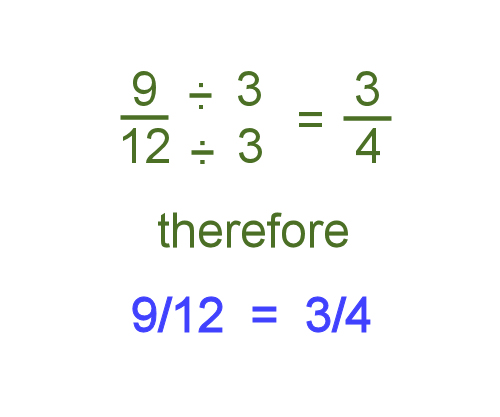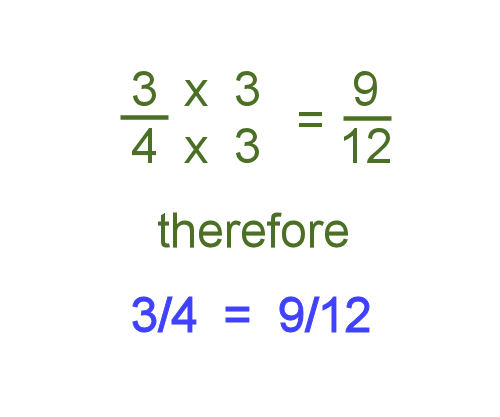Working with fractions

Learning activity
Audio 9 (mp3 |6|KB)| Question | Select answer |
|---|---|
| This diagram represents two equivalent fractions. What are they?  | 1/2 = 2/4 |
| Rewrite this fraction as a proportion of 100. 3/10 = | 30/100 |
| Rewrite this fraction in its simplest form. 20/50 = | 2/5 |
| You have two drill bits. The diameter of one is 3/8 inch, and the other is 1/4 inch. Which one will drill the bigger hole? | 3/8 inch |
Go to Decimals and percentages
Industry Network Training and Assessment Resourses
© 2016 Workspace Training


